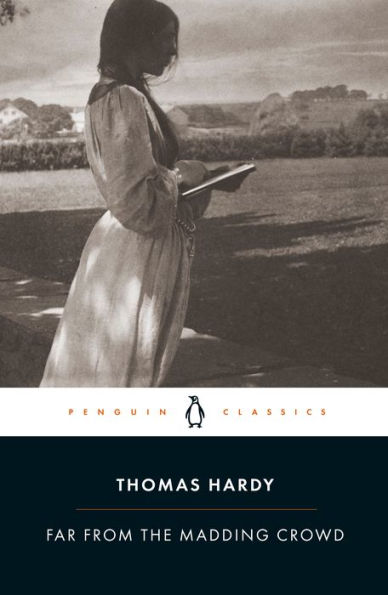Reading Group Guide
1. According to the scholar Howard Babb, Hardy’s depiction of Wessex “impinges upon the consciousness of the reader in many ways . . . as mere setting, or a symbol, or as a being in its own right.” How does environment serve as an integral part of this novel?
2. The title of Far from the Madding Crowd, borrowed from Thomas Gray’s “Elegy Written in a Country Churchyard, ” celebrates the “cool, sequestered” lives of rural folks. Is the title ironic or appropriate?
3. The rustics who work the land, tend the sheep, and gather at Warren’s malt house have been likened to a Greek chorus. Can you support this analogy? What function do the rustics serve in the novel?
4. Time is a theme that weaves throughout the story. One example may be found in Chapter XVI, when Frank Troy stands rigidly in All Saints Church awaiting Fanny’s delayed arrival while a “grotesque clockwork” agonizingly marks each passing moment. Where else does Hardy employ the theme of time, and what purpose does it serve?
5. In Chapter IV, Bathsheba tells Gabriel, “I want somebody to tame me; I am too independent: and you would never be able to, I know.” How is Bathsheba “tamed” over the course of the novel, and who is responsible for her transformation?
6. How does the subordinate plot concerning Fanny Robin and Sergeant Troy serve as a contract to the main storyline?
7. What do Bathsheba Everdene and Fanny Robin have in common, and how do they differ? And what does Hardy’s portrayal of these two women reveal about Victorian moral standards?
8. In Gabriel Oak, Sergeant Troy, andFarmer Boldwood, Hardy has depicted three very different suitors in pursuit of Bathsheba Everdene. What distinguishes each of these characters, and what values does each of them represent?
9. Two particular episodes in Far from the Madding Crowd are often cited for their profound sensuality: Sergeant Troy’s seduction of Bathsheba through swordplay (Chapter XXVIII), and Gabriel’s sheep-shearing scene (Chapter XXII). What elements does Hardy employ to make these scenes so powerful?
10. At the end of the novel, Hardy describes the remarkable bond between Gabriel and Bathsheba: “Theirs was that substantial affection which arises . . . when the two who are thrown together begin first by knowing the rougher sides of each other’s character, and not the best till further on, the romance growing up in the interstices of a mass of hard, prosaic reality.” How does this relationship serve as a contrast to other examples of love and courtship throughout the novel? Consider Bathsheba and her three suitors, as well as Fanny Robin and Sergeant Troy.



